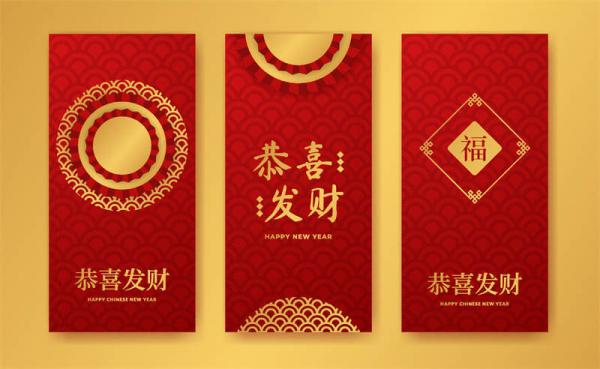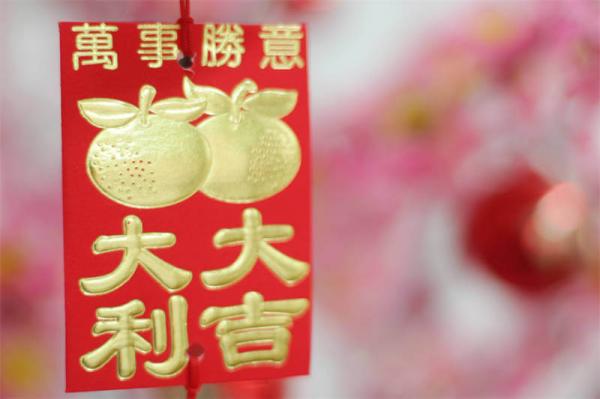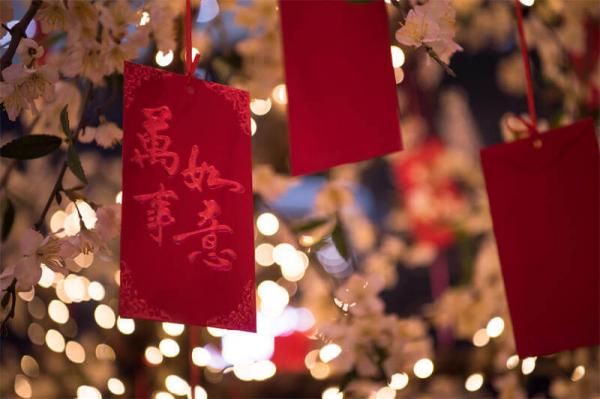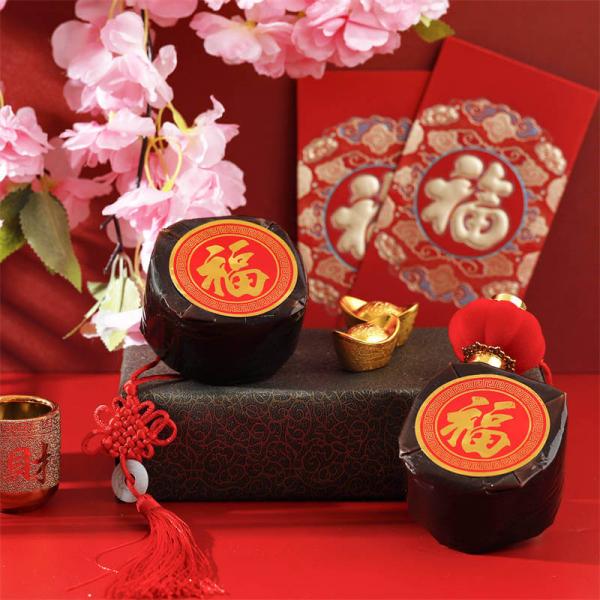Chinese New Year Red Envelope: How to Give
But what is red envelope? Is it exclusive to Lunar New Year? And how much money should you put in a red envelope for Chinese New Year? Giving out red envelopes involves a lot of customs and unwritten laws from Chinese culture. So being a little careless can cause unnecessary confusion and embarrassment. Read on to learn more.

What does the Red Envelope Mean in Chinese New Year?
Chinese New Year Red Envelope, is also known as New Year's money (ya sui qian) or retaining "sneaky" money ("sneaky" is something unlucky. This tradition dates back to ancient people, who used it to wish for good luck in the upcoming year). After the New Year's Eve dinner, the elders would hand out pre-prepared New Year's Eve money to the younger generation, who would then be able to spend the year in peace and security.New Year's money in Chinese folk culture means to ward off evil spirits, blessing peace. People believed that children were vulnerable to ghosts and spirits, so they used New Year's money to ward off evil spirits and drive away evil spirits. On the morning of the first day of the first month, the younger generation pays New Year's greetings to their elders, who give them New Year's money.
Generally, on New Year's Eve, mothers place the money, which is sealed with red paper, under the child's pillow. When she puts the money under the child's pillow, the mother will say something like wishing the children peace and healthy growth.
Throughout history, there have been two types of New Year hong bao. One is given by the elders to the younger ones. The other is given to the elderly by the younger generations, with the intention of wishing them a long life.
The Origin of Chinese New Year red envelope
There is a long-standing legend about the giving out New Year hong bao to children. A long time ago, there was a demon called "Sneaky" that came out on New Year's Eve to harm children. When it touched a child's forehead with its hand, the child would cry and had a fever, and when the fever subsided, the child would become a fool.It was Chinese New Year's Eve again, a couple strung eight coins on a red string to amuse their children. In the middle of the night, a gust of wind blew out the lamps and candles, and "Sneaky" slipped in. When the "Sneaky" handed to the child's forehead, the string of coins on the child's pillow suddenly issued a bright flash of snow, scared "Sneaky" fled in fear.
After this story spread, people used red thread to string eight coins on the night of New Year's Eve and put them on the child's pillow. Sure enough, "Sneaky" no longer come to the disaster and pestilence. Originally, the eight coins coincide with the number of the eight immortals, its magic power can lower the "evil spirits" to dispel the disaster.
Since then, this string of copper coins specially designed for children to avoid disasters is known as "ya sui qian". According to the evidence, giving children lucky money in the Spring Festival has been popular since at least the late Ming Dynasty.
How much money should you put in a red envelope for Chinese New Year?
What are the Lucky Chinese Numbers on the Red Envelope?
1. The number “2”. In most parts of China, there is a saying that "good things come in pairs", and "2" is the most commonly used celebratory number. When giving New Year's money, you can't go wrong with 2 yuan, 20 yuan, 200 yuan, and so on.
2. The number “6”. 6 is a traditional Chinese lucky number, and represents "good weather", "smooth sailing", and good fortune. Giving your child "66", "600", "666", and so on for Chinese New Year is a wise choice.
3. The number 8 that symbolises wealth. Giving your child "88", "800" or "888" at Chinese New Year is very auspicious.
4. The number 9 is also a lucky number in China as it represents longevity.
What are the Unlucky Chinese Numbers to Avoid on the Red Envelope?
1. The number 3, which harmonises with the word "break up", is a taboo number in many areas. Therefore, the number 3 should not appear on the day of celebration, otherwise the host family may think that you intend to destroy the stability of the family.
2. The number 4 is one of the most taboo numbers in China. "4" is the same as "death". This number doesn't appear anywhere. For example, some hotels don't have a "4th floor", nor do they have a "4" in the door number. So don’t put “4” money in New Year red envelope.
3. The number “13” is an unlucky number for some Westerners, so today many Chinese people have started to avoid the number 13 as well. After all, we don't want any bad luck on a happy day.

Who Should Give Out / Receive the Red Envelope for Chinese New Year?
Who Can Receive
1.Children
2.Young people who have not yet married
3.Those are in school
4.Parents, grandparents, and other close elders will receive Chinese New Year red envelopes from the younger generation
Who Should Give out
1.Parents should give out hong bao to all juniors who are not yet working, including their own children and children of relatives.
2.Grandparents should give out hong bao to their grandchildren and grandchildren who are not yet working.
3.If you are already working, you need to send hong bao to your parents, grandparents and other close elders.Tips on How to Give and Get a Red Envelope
If you’re giving out an red envelope:If you’re receiving an red envelope:

Additional Occasions to Give Red Envelopes
Since red is associated with celebration, luck, and happiness in Chinese culture, red envelopes are frequently used to express gratitude, blessings, and celebration on a variety of occasions. In addition to Chinese New Year, Chinese people also send red envelopes during the following festivals:FAQ on Chinese New Year red envelope
★Can I give coins in a red envelope for the Lunar New Year?
Yes, you can.
The earliest Chinese New Year's money appeared in the Han Dynasty, which were ancient minted coins. These were not commercially circulated currency, but rather a coin-shaped item worn to ward off evil spirits. On the back of the coin, there were various designs, such as dragon and phoenix, turtle and snake, double fish, sword, stars and buckets.★For the Lunar New Year, can I put a large tip in a red envelope?
Yes, you can. The red envelope money stands for your thoughts and blessings, and depends on your financial ability.★Can Wechat red envelopes replace traditional red envelopes?
If you are giving red envelopes to a person from a different place, Wechat red envelope is nice choice. However, it is recommended to give traditional red envelopes if you are in the same city. Paper red envelopes are more ritualistic.
